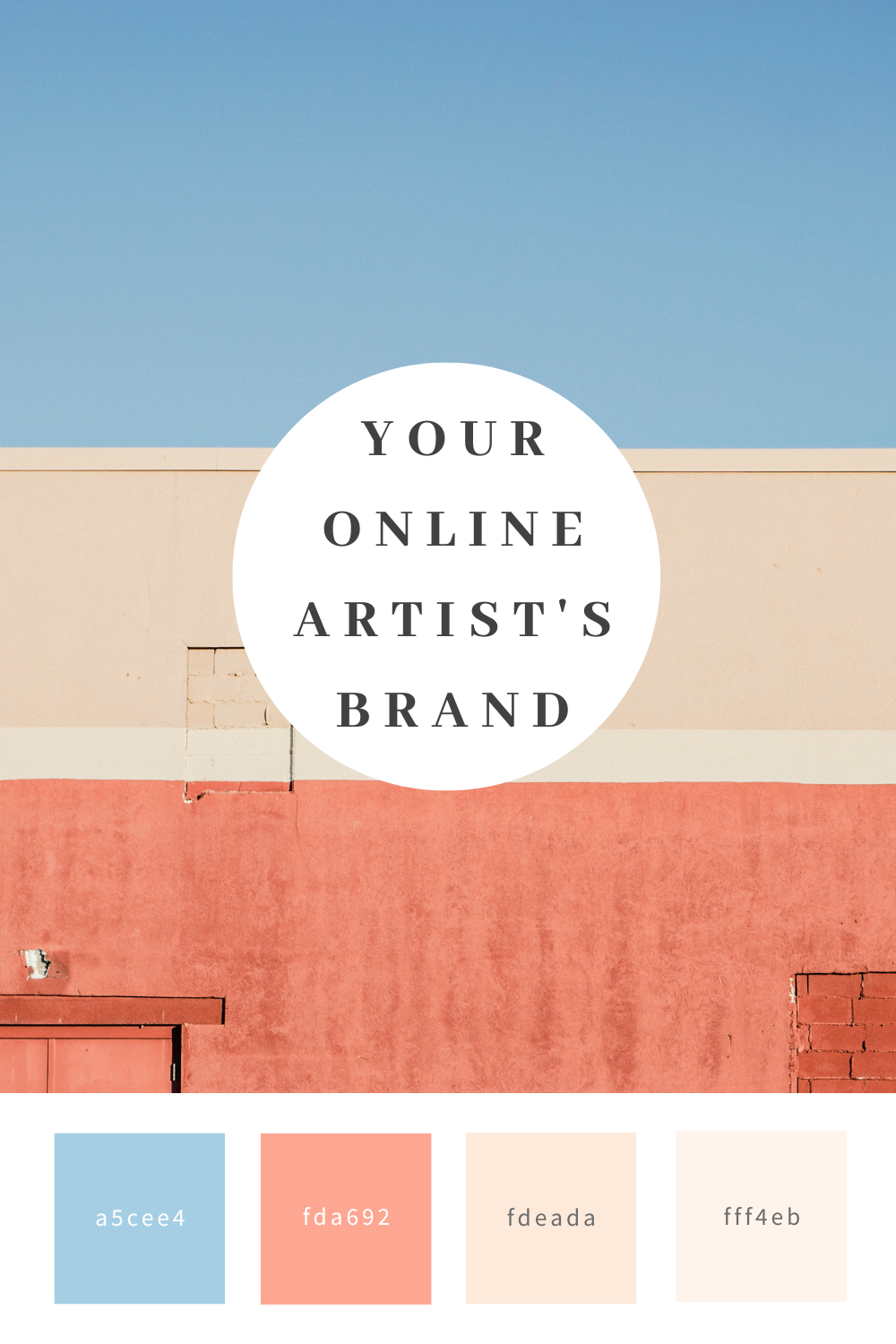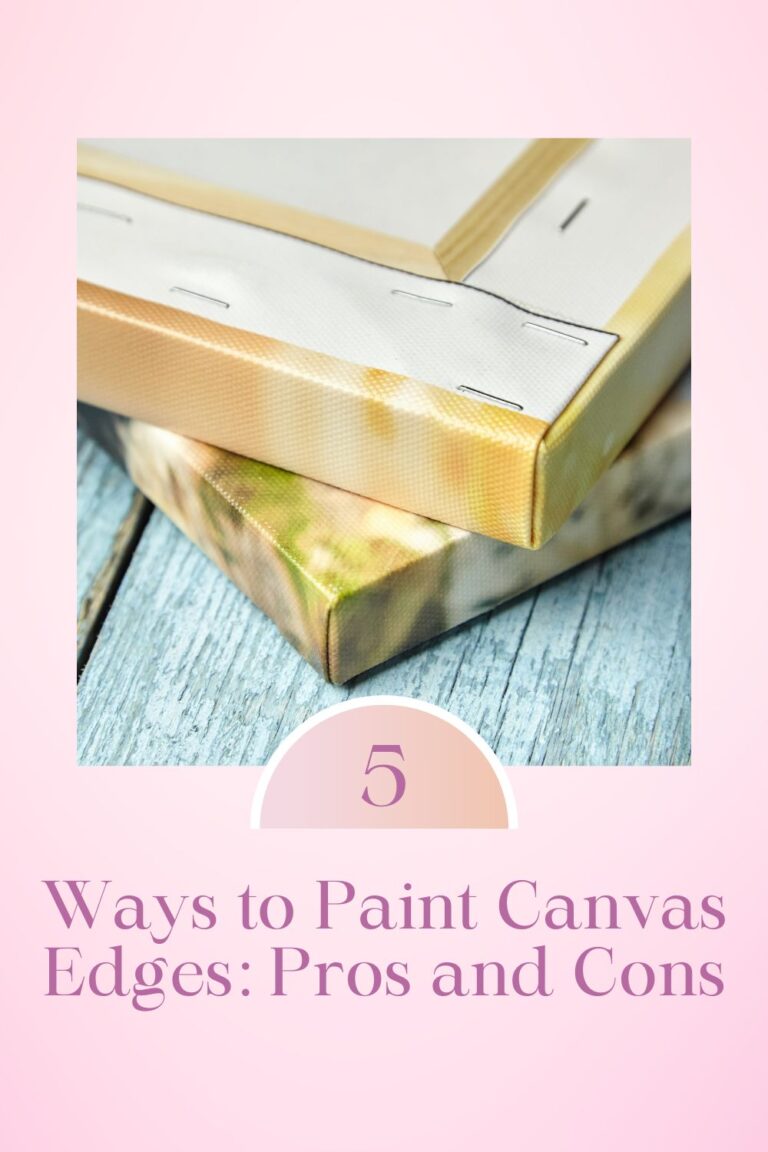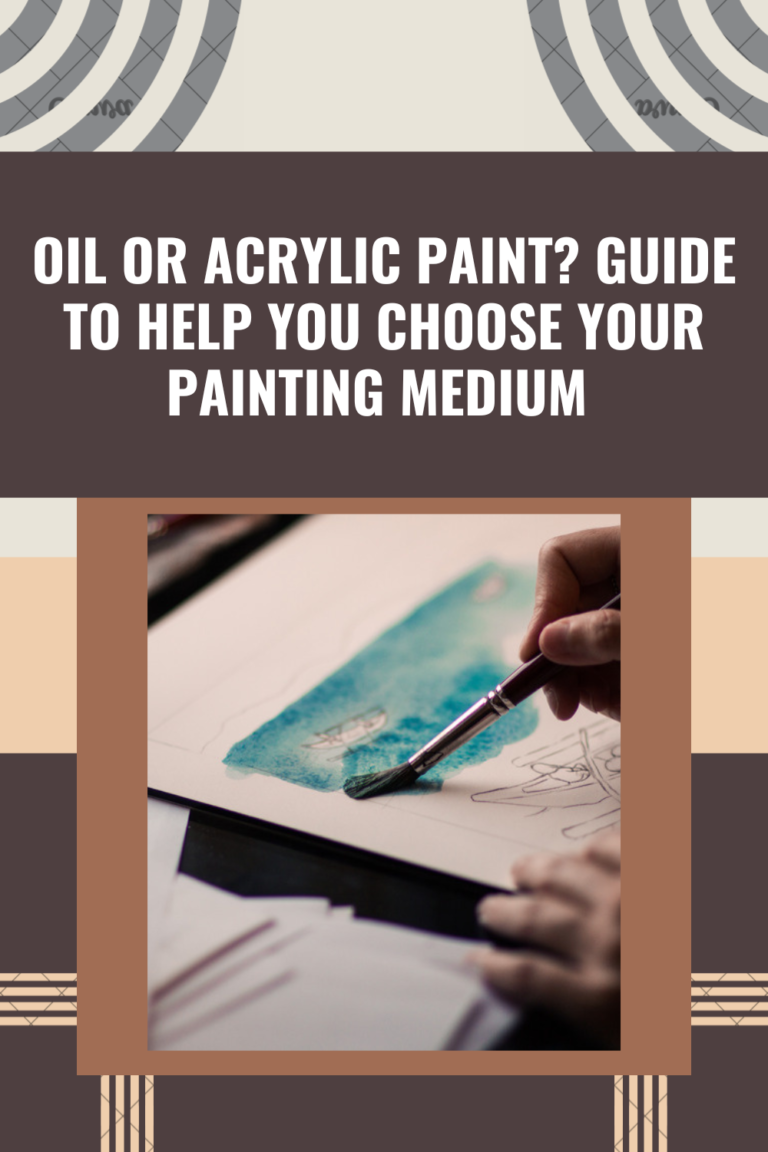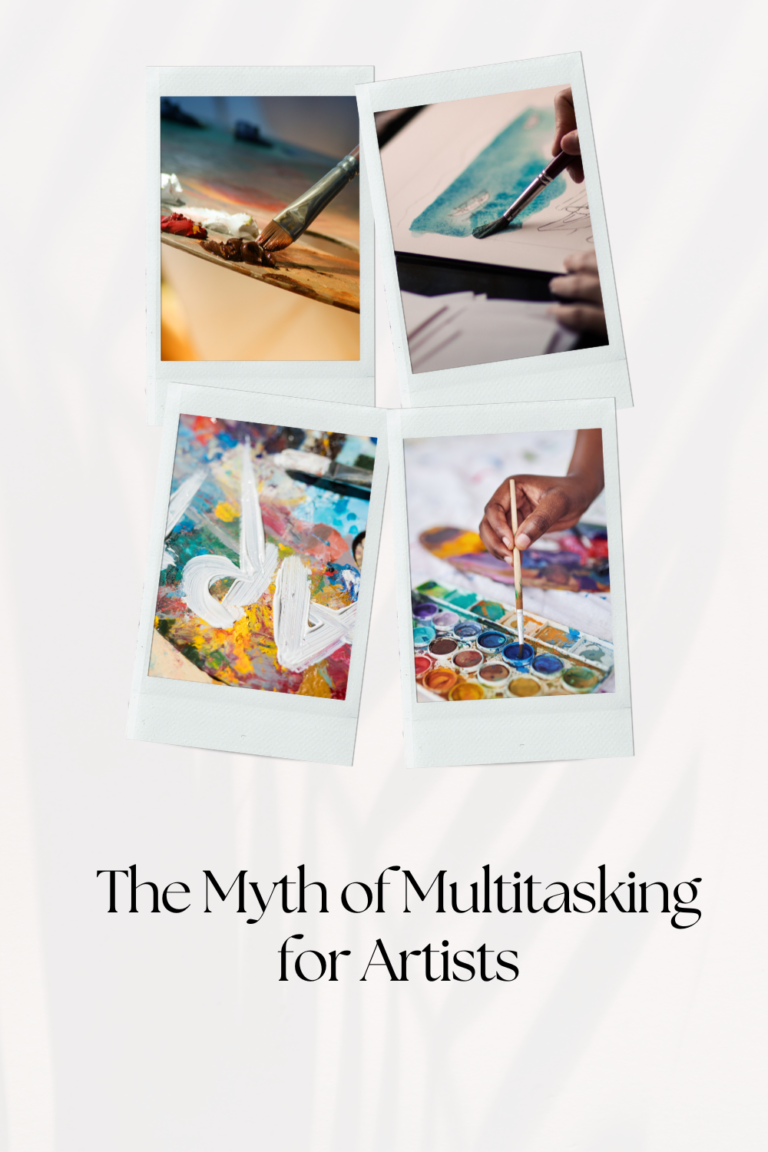Can we all agree that in this age, it’s necessary for artists to build an online presence? Chances are you found me somewhere online too, right?
There are several strategies that artists can use, including creating a professional artist website, utilizing social media marketing, building an email list, etc.
I want to share my step-by-step strategy to build my online presence.
First, you need to create a professional artist website.
I hired a professional web designer to design my website. But that was before all the new web technology came out. Nowadays you can use predesigned beautiful templates to make your own without too much trouble!
Your website is your online home. It’s also the first thing gallery owners want to see if you want to get into one. You can express your artistic vision, your works, and your contacts all on your website so people can know your art from a deeper level.
Make sure to optimize your website for search engines (SEO) by incorporating keywords related to your work and by regularly updating your content with engaging photos, descriptions, and blogs if you have one.
How to use keywords? Using words related to the artist’s work, such as “abstract art,” “landscape paintings,” or “mixed media sculptures.” You can use keyword tools like Uber suggest to find your best keywords.
My website keywords include:” spiritual art, figurative art, Christian art.” By including your keywords in the website’s content, meta tags, and image descriptions, your website will be more likely to rank higher in search engine results pages (SERPs), making it easier for potential clients and fans to find your work online.
Next important tool—Social media marketing. By creating and regularly updating social media profiles on platforms like Instagram, Facebook, Twitter, and TikTok, you can connect with a wider audience and promote your work.
I know, I know, if you just begin to dip your toe in social media, it can feel overwhelming. Here are some of my tips to help you get started:
- Remember you don’t have to get on all social media platforms at once. Choose the one that you feel most comfortable with. I choose Instagram because it’s most popular among visual artists. The drawback is that it’s overcrowded right now. In contrast, I feel TikTok is catching up and is easier to start for newcomers. Short-form videos are hot these days—people love to see your process of making art. To start, buy a cheap tripod for your phone. Next time when you create your art, remember to record some videos. If you like to know more about this topic and what equipment I use, and how I do it, just reply to this email with the word“More”.
- Create engaging content – remember the phrase “Content is King?” It still applies to today’s social media. Share high-quality photos or videos of your artwork, and write engaging captions. And use hashtags to make your posts more discoverable. Experience and try different hashtags, but no need to get crazy. Three to five hashtags for a post on Instagram is enough.
- Look at your social media channel as your personal TV or radio station, with the benefit of instant feedback – Social media is a two-way street, so make sure to engage with your people. If anyone made a comment on your post, be sure to reply with a “thank you!” And following and commenting on other artists’ work. I am aiming to comment and reply to two artists works each day. It barely requires any effort and can make someone’s day, so why not?
- Be consistent – Like anything in life, consistency is key when it comes to building an online presence. Set a schedule for posting and stick to it. In the beginning, scheduling two or three posts a week is doable. Once you get the hang of it you can increase to one or two posts a day. You can use social media scheduling tools like Later, Hootsuite, or Buffer. For me, I found it’s easier to make reels on the Instagram app, save as drafts and post them later. Test and experiment with which time of the day is best for posting are worth a try too.
Email marketing is also effective for staying in touch with fans and clients and can be used to share updates, exclusive content, and promotions.
I love writing my emails. For me, it’s more personal than social media. It’s like talking to a friend. If someone doesn’t like your emails and unsubscribes you, don’t take it personally; consider it a good thing. Not everyone will like you or be comparable with your personality. Keep your focus on your people.
Collaborating with other artists is also a great way to expand your reach and gain new followers. Artists can collaborate on joint exhibitions, online projects, or social media campaigns and can cross-promote each other’s work to their respective audiences.
I have done podcast interviews and shared other artists’ posts on this aspect. The goal is to build relationships and a community.
Finally, it’s important to create engaging content that showcases your work and creative process.
Some ideas: Speed recording of how you finish a piece from beginning to the end, behind-the-scenes content that gives a glimpse into your studio, tips and tricks about making art, or exclusive content for email subscribers.
Consistency is key. By consistently creating and sharing engaging content, You can build a loyal following and establish yourself as an expert in your field.
Still have a hard time loving the business side of art? Check out this post https://yingmclane.com/do-you-hate-the-business-side-of-art/
Do you like more of this content? Comment below.





MORE of this Please – I have checked a lot of Artists sites, but so far you are my favorite –
Thank you very much for your feedback!